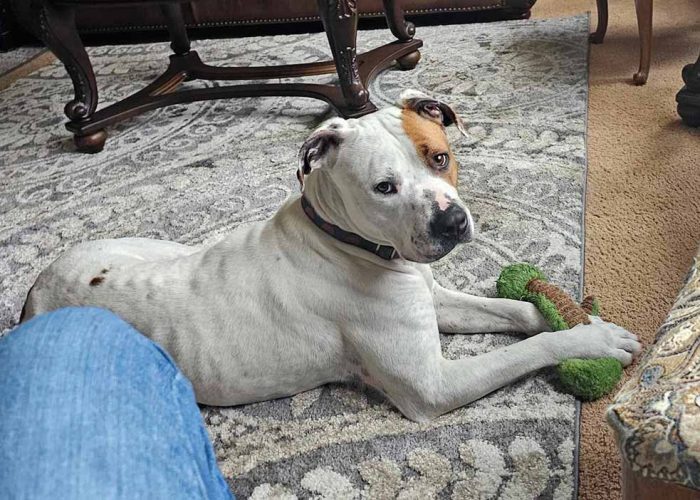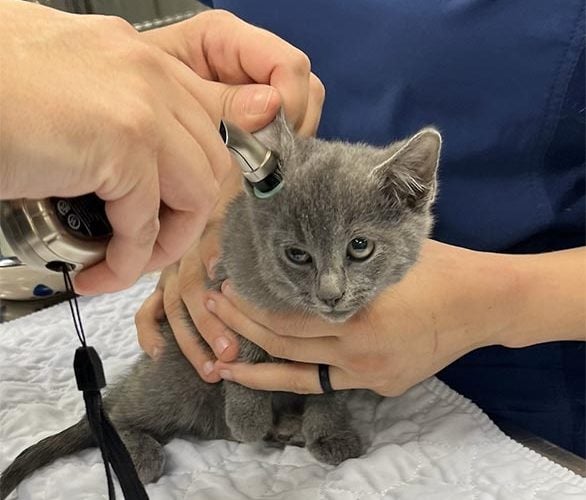For pet owners, understanding the risks of pregnancy in pets is vital for providing the best care possible. Female dogs and cats have high reproductive capacity—dogs can go into heat two to three times a year with each litter containing up to twelve puppies, and cats can become pregnant up to four times per year with litters of four to twelve kittens. This rapid rate of reproduction highlights the importance of considering spaying or neutering, which can support both individual pet health and broader community efforts to manage pet overpopulation.
The Complexities and Risks of Pet Pregnancy
Pregnancy in pets comes with many potential health risks and complications, even when the mother is well-cared for. Some of the most common complications during and after pregnancy include:
- Dystocia (Difficult Labor): Dystocia can occur if a puppy or kitten becomes stuck in the birth canal, if the mother’s pelvis is too narrow, or if the fetuses are positioned abnormally. Dystocia is painful and can endanger the life of both mother and babies, often requiring emergency veterinary intervention or a cesarean section.
- Mastitis (Infection of the Mammary Glands): After birth, some pets develop mastitis, a bacterial infection of the mammary glands. This condition can cause the mammary glands to become hot, swollen, and painful, often requiring antibiotics and sometimes additional medical intervention to ensure the mother can continue to nurse safely.
- Eclampsia (Milk Fever): Eclampsia, or milk fever, is caused by a dangerous drop in calcium levels in the mother’s blood due to the demands of milk production. This condition can cause muscle tremors, seizures, and even death if not treated promptly. Small-breed dogs are particularly at risk.
- Uterine Infections (Metritis): After giving birth, some pets develop metritis, an infection of the uterus, which can cause fever, foul-smelling discharge, lethargy, and loss of appetite. Metritis requires immediate veterinary treatment to prevent serious complications.
- Hemorrhage: Excessive bleeding during or after labor can occur if there is uterine trauma or retained placenta, posing a risk to the mother’s life if not addressed quickly.
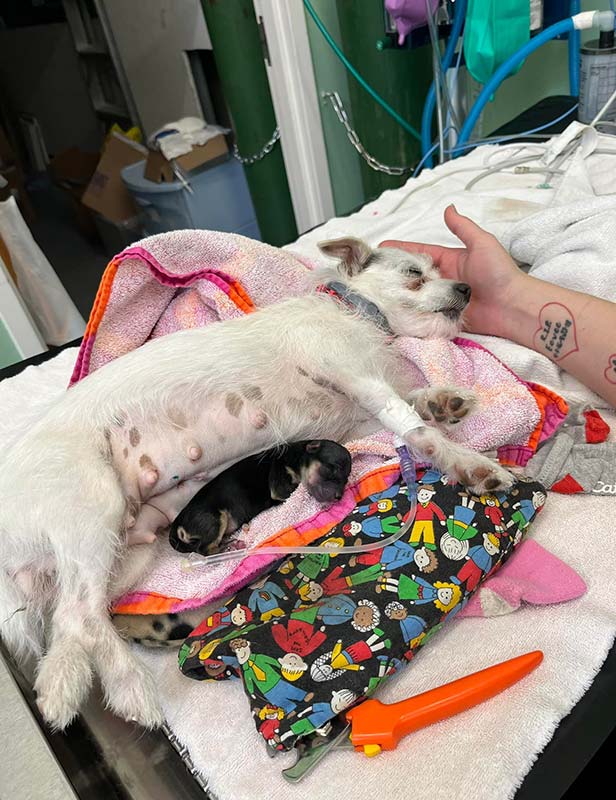

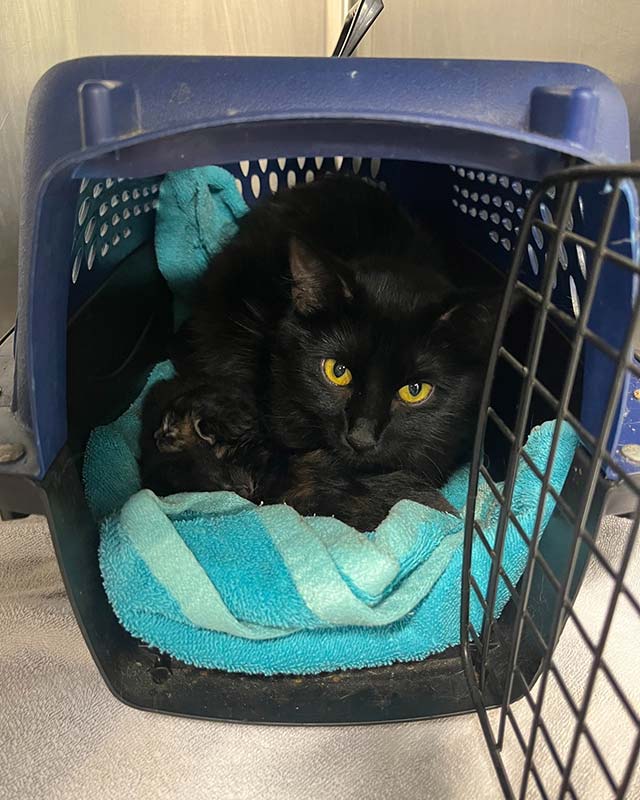
The Importance of Spaying and Neutering
While caring for a pregnant pet can be rewarding, the potential risks and complications should not be underestimated. Spaying and neutering can significantly reduce these risks, prevent unplanned litters, and help alleviate the challenges of pet overpopulation. Spayed and neutered pets are less prone to certain reproductive cancers and infections, supporting their long-term health and well-being.
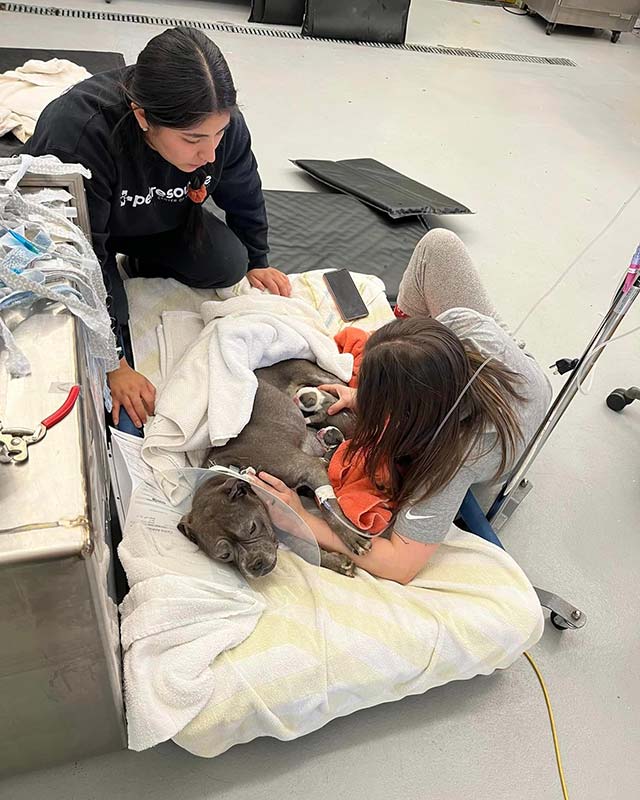
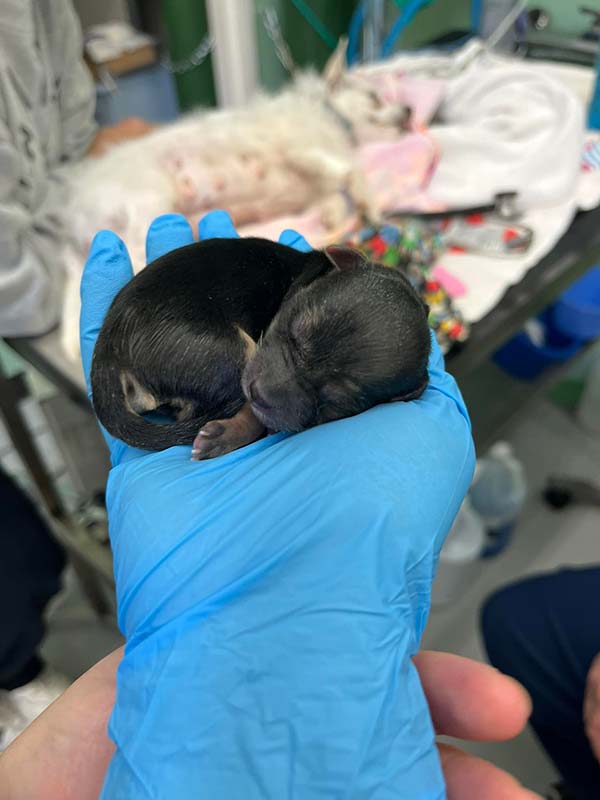
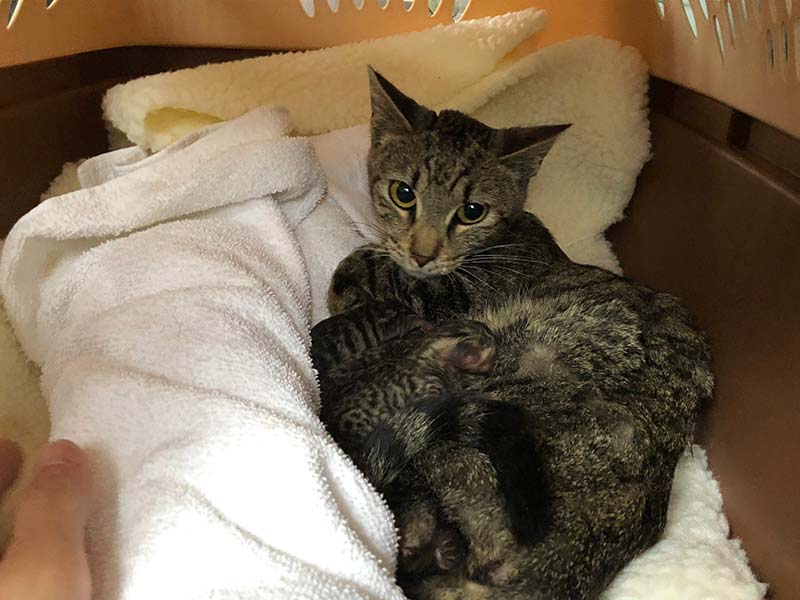
Ensuring a Healthier Future
After birth, close monitoring of both mother and litter is essential. If you notice any signs of complications or abnormalities, don’t hesitate to reach out to a veterinarian for guidance. For pet owners who wish to avoid the risks of pregnancy altogether, discussing spaying or neutering options with a vet can be an effective step toward ensuring your pet’s health and comfort.
Spaying and neutering support responsible pet ownership, leading to healthier pets and communities.
By: Dylan Kosinski and Madison Brown
